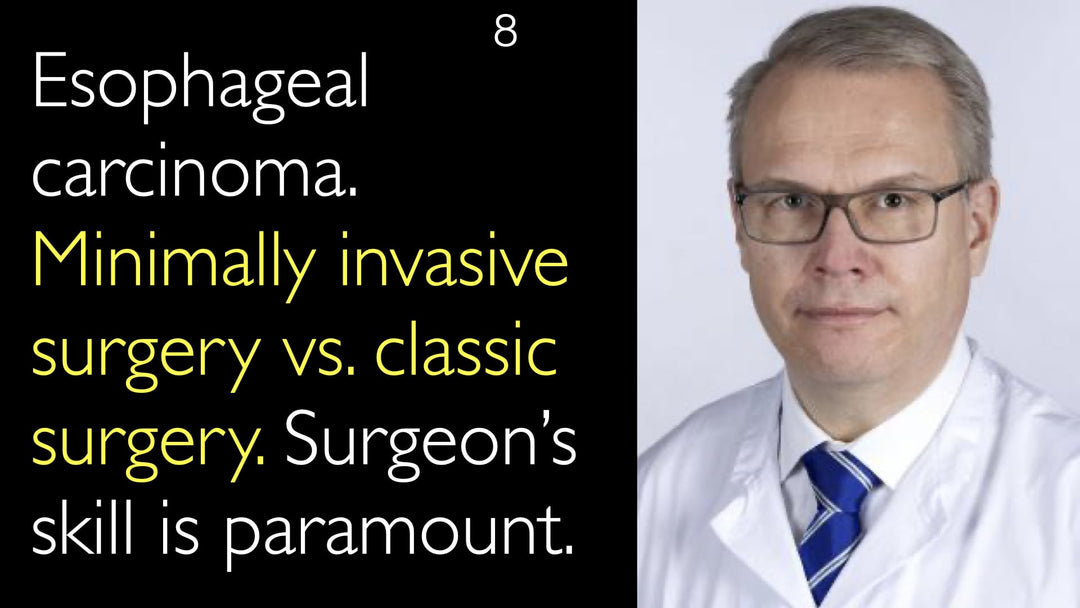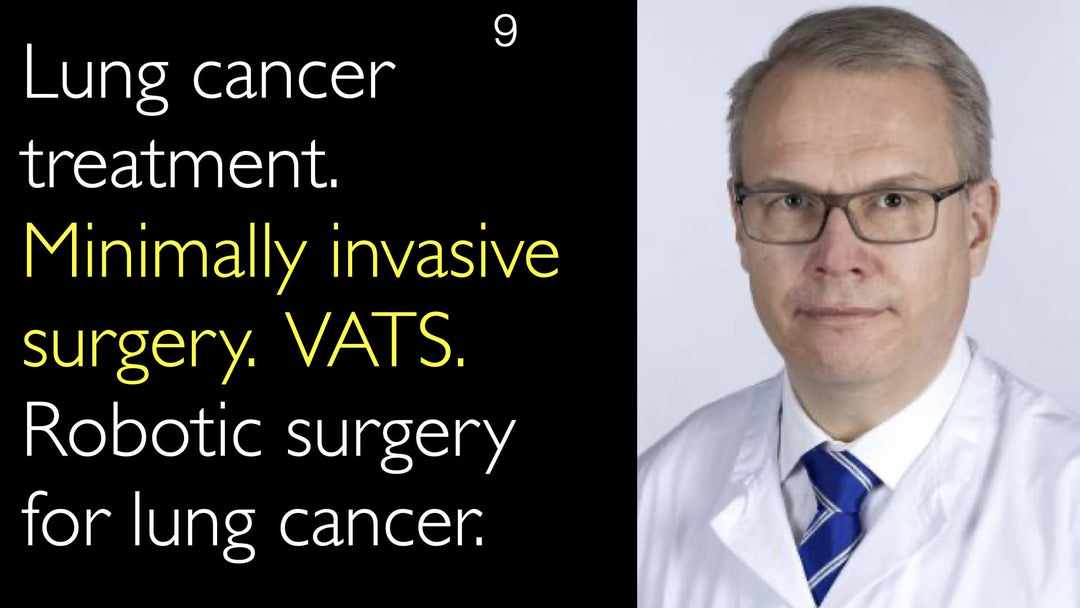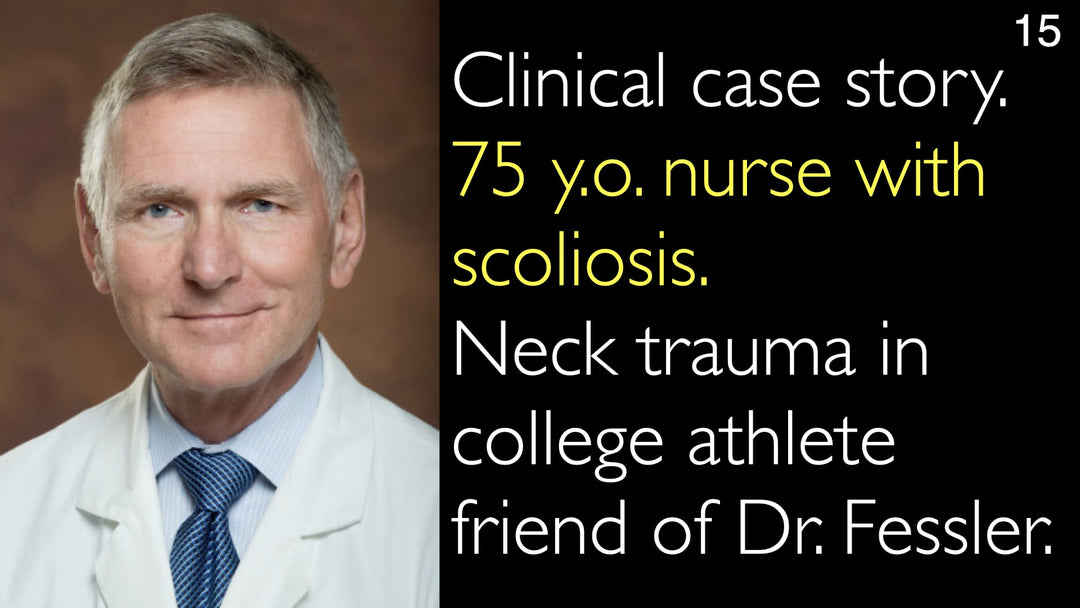Le Dr Ottavio Alfieri, MD, expert de renommée mondiale en réparation mitrale par cathéter, présente les avantages et les indications du système MitraClip pour les patients souffrant de régurgitation mitrale. Le MitraClip, une technique percutanée de réparation bord-à-bord, constitue une option mini-invasive pour les patients à haut risque chirurgical. Le Dr Alfieri détaille les critères de sélection des patients, en insistant sur l’évaluation anatomique et les préférences individuelles. Il compare également les résultats du MitraClip à ceux de la chirurgie cardiaque ouverte traditionnelle, soulignant son utilité dans la prise en charge de la régurgitation mitrale fonctionnelle liée à l’insuffisance cardiaque et à la dysfonction ventriculaire gauche.
Réparation mitrale percutanée : Présentation du système MitraClip
Aller à la section
- Avantages du MitraClip pour l'insuffisance mitrale
- Sélection des patients pour la procédure MitraClip
- Comparaison avec la chirurgie à cœur ouvert
- Insuffisance mitrale fonctionnelle vs organique
- Recommandations et guides de pratique pour le MitraClip
- Transcription intégrale
Avantages du MitraClip pour l'insuffisance mitrale
Le système MitraClip est une technique percutanée innovante pour la réparation mitrale, particulièrement indiquée chez les patients souffrant d’insuffisance mitrale. Le Dr Ottavio Alfieri, MD, souligne que le MitraClip constitue une alternative mini-invasive à la chirurgie classique, le rendant adapté aux patients à haut risque chirurgical. Plus de 100 000 patients dans le monde ont bénéficié de cette méthode de réparation bord-à-bord, inspirée de la technique d'Alfieri.
Sélection des patients pour la procédure MitraClip
Le Dr Alfieri indique que le MitraClip convient particulièrement aux patients âgés, présentant des comorbidités ou une fragilité, ainsi qu’à ceux atteints d’une dysfonction ventriculaire gauche sévère. Ces facteurs augmentent le risque chirurgical, faisant du MitraClip une option privilégiée. Les préférences des patients entrent également en ligne de compte, notamment pour ceux qui recherchent une récupération plus rapide ou qui redoutent la chirurgie à cœur ouvert.
Comparaison avec la chirurgie à cœur ouvert
Si la chirurgie à cœur ouvert offre d’excellents résultats à long terme pour les maladies mitrales, le Dr Alfieri précise que le MitraClip représente une alternative valable pour les patients à haut risque. Il déconseille l’approche percutanée chez les patients éligibles à une intervention chirurgicale sûre, les résultats de cette dernière étant supérieurs. En revanche, pour ceux qui ne tolèrent pas la chirurgie, le MitraClip constitue une solution efficace et peu risquée.
Insuffisance mitrale fonctionnelle vs organique
Le MitraClip est particulièrement efficace dans l’insuffisance mitrale fonctionnelle, souvent liée à l’insuffisance cardiaque et au remodelage ventriculaire gauche. Le Dr Alfieri explique que lorsque le ventricule gauche est dilaté et présente des troubles de contraction, le MitraClip peut être proposé en première intention. Pour l’insuffisance mitrale organique, la chirurgie à cœur ouvert reste le traitement de référence en raison de ses meilleurs résultats.
Recommandations et guides de pratique pour le MitraClip
Selon les dernières recommandations européennes, le MitraClip est classé en grade 2A pour les patients atteints d’insuffisance mitrale fonctionnelle, indiquant qu’il doit être envisagé dans ces cas. Le Dr Alfieri précise que la chirurgie à cœur ouvert relève d’une recommandation de grade 2B, suggérant qu’elle peut être considérée sans être le premier choix. Le rôle du MitraClip dans le traitement de l’insuffisance mitrale fonctionnelle souligne son importance dans la prise en charge cardiaque moderne.
Transcription intégrale
Dr. Anton Titov, MD: La réparation mitrale percutanée est aujourd’hui une option thérapeutique pour de nombreux patients présentant une insuffisance mitrale fonctionnelle ou organique. Qu’est-ce que le système MitraClip pour la réparation mitrale ? Quels patients bénéficient le plus de cette technique pour traiter leur valve mitrale pathologique ?
Dr. Ottavio Alfieri, MD: L’un des grands atouts de la technique de réparation mitrale bord-à-bord est d’avoir ouvert la voie à la méthode percutanée. En effet, cette technique a servi de base au traitement percutané de la réparation mitrale. Aujourd’hui, elle est très largement utilisée dans le monde.
Il faut savoir que plus de 100 000 patients ont bénéficié de la technique percutanée bord-à-bord (technique d’Alfieri). Les patients concernés sont généralement ceux présentant un haut risque chirurgical—notamment les personnes âgées, avec des comorbidités ou une fragilité. Les patients souffrant d’une dysfonction ventriculaire gauche sévère sont également de bons candidats pour la réparation mitrale percutanée.
Tous ces éléments rendent le risque chirurgical si élevé que le bénéfice de l’opération devient discutable. Je pense donc que chez ces patients, la technique percutanée bord-à-bord peut jouer un rôle très important.
Et le MitraClip a été développé par vous et vos collègues. Il est aujourd’hui reconnu mondialement comme l’une des méthodes de réparation mitrale percutanée les plus courantes.
Dr. Ottavio Alfieri, MD: Le MitraClip est sans conteste la technique de réparation mitrale percutanée la plus utilisée actuellement dans le monde. De loin, il devance toutes les autres méthodes. Le MitraClip est vraiment la technique privilégiée pour la réparation mitrale percutanée.
Bien sûr, il existe d’autres techniques percutanées—par exemple, l’annuloplastie, qui reproduit de manière percutanée la réparation annulaire. L’annuloplastie percutanée est pratiquée occasionnellement, mais moins fréquemment que le MitraClip.
Nous avons également la possibilité de remplacer la valve mitrale par des méthodes percutanées. Cela n’est pas encore très standardisé. Un nombre limité de patients ont bénéficié d’un remplacement valvulaire mitral par voie percutanée.
Le remplacement de la valve mitrale est donc également possible avec des techniques percutanées. Quel type de patients en bénéficierait le plus ? Un risque chirurgical inacceptable pour le remplacement mitral à cœur ouvert justifie-t-il le recours à la réparation mitrale percutanée ?
Dr. Ottavio Alfieri, MD: Il existe aujourd’hui des patients présentant un risque très élevé pour la chirurgie conventionnelle. Ces patients peuvent tirer profit du MitraClip. Si nous pouvons leur proposer un traitement percutané efficace avec le MitraClip, celui-ci doit être privilégié, car le risque de la procédure est extrêmement faible.
Vous avez mentionné plus tôt que les souhaits du patient jouent également un rôle important dans le choix entre la chirurgie à cœur ouvert (par exemple, la réparation mitrale) et les techniques percutanées. Ainsi, un patient peut ne pas être considéré comme le plus à risque selon les critères médicaux, mais souhaiter une récupération plus rapide ou avoir une réelle appréhension de la chirurgie à cœur ouvert. Comment évaluez-vous aujourd’hui les résultats des techniques percutanées par rapport à la chirurgie à cœur ouvert dans le traitement mitral ?
Dr. Ottavio Alfieri, MD: Dans la maladie mitrale, la chirurgie à cœur ouvert offre les meilleurs résultats et un pronostic à long terme excellent. Il est donc difficile de proposer une technique percutanée à quelqu’un qui peut subir une chirurgie à très faible risque et avec des résultats optimaux.
Dans ces cas précis, je serais réticent à accéder au souhait du patient, car ce n’est pas dans son intérêt. Il est généralement facile d’en discuter avec lui et de le convaincre que la méthode percutanée n’est pas la meilleure option.
Bien sûr, la méthode percutanée [de réparation ou remplacement mitral] peut sembler attractive. Mais nous devons rester réalistes. Nous devons considérer les résultats et les bénéfices à long terme de chaque procédure.
Si un patient opte malgré tout pour la méthode percutanée, doit-il s’attendre à devoir subir une nouvelle intervention dans 5 ou 10 ans ? Ou simplement, les résultats fonctionnels ne sont-ils pas aussi bons qu’avec la chirurgie ouverte ?
Dr. Ottavio Alfieri, MD: Oui, cela dépend de l’anatomie [de la valve mitrale et du cœur]. Les résultats ne sont pas comparables à ceux de la chirurgie à cœur ouvert, surtout en cas d’insuffisance mitrale organique. C’est différent pour l’insuffisance mitrale fonctionnelle. Dans ces cas, le problème se situe principalement au niveau du ventricule gauche. Il ne se contracte pas correctement. Le ventricule gauche est dilaté, etc.
Dans ces situations, le MitraClip peut être proposé comme traitement de première intention. Il représente une option plus attractive que les méthodes chirurgicales de réparation mitrale. D’ailleurs, selon les récentes recommandations européennes, la réparation mitrale percutanée bord-à-bord est classée grade 2A. Cela signifie qu’elle doit être envisagée pour ces patients particuliers.
L’option de chirurgie à cœur ouvert n’est pas classée grade 2A. Elle relève d’une recommandation de grade 2B, ce qui signifie qu’elle peut être considérée.
C’est très important. Le MitraClip pour l’insuffisance mitrale fonctionnelle, c’est-à-dire due à l’insuffisance cardiaque et à la cardiopathie intrinsèque avec remodelage du ventricule gauche.
Dr. Ottavio Alfieri, MD: Exactement. Donc pour ces cas, le MitraClip, s’il est adapté sur le plan anatomique, peut être le choix thérapeutique approprié.








